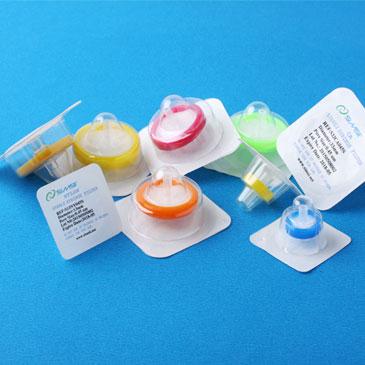While buying them, you must prefer color-coded designs that allow easy identification and various filter sizes commensurate with the different sample volumes. They are manufactured from high-grade materials to ensure better quality and precision in their performance. However, membrane filtration process of these syringe filters is wrongly perceived in some industries.

Their Performance Depends On Design And Material:
In a sterile syringe filter, there are three main parameters of assessing its overall performance. They include throughput, bubble point, and flow rate. Throughput is the capacity of filter to handle the dirt particulates. It implies the time taken by the solution in passing through the membrane. A lower throughput means a longer time to complete the process. The bubble point facilitates the testing of pore size and reliability of the filter. This test measures the biggest pore in it and it is exhibited as PSI. The flow rate refers to the volume of a fluid or air passing through the filter. All these factors determine the performance of a syringe filter.
Hydrophobic Membranes Are Different From Hydrophilic Membranes:
Hydrophilic membranes are not prone to wetting and they are made of materials like PES, glass fiber, silver metal, MCE, Nylon, Cellulose Acetate, Polyester, etc. On the other hand, hydrophobic filters do not have an affinity for water and they are preferable for venting purposes.
The Variable Having Impact on their Performance:
There are some variable related to the sample fluids that may have impact on the performance of these filters.
These factors include viscosity or the flow resistance of the liquid, porosity of the membrane, and the filter area. The larger filter area ensures faster flow rate and vice versa.
Determination of Pore Size and Pore Size Ratings:
The pore size of a filter is measured in the terms of micrometers and it is determined according to the diameter of a particle retained by the filter. The ratings of pore size are given as nominal or absolute, depending on its size. A nominal pore size refers to the ability of filter to retain particles at the rated pore size. On the other hand, absolute ratings mean the pore size where organism of a predefined size will be clogged with 99.9% accuracy.
These are some essential facts regarding sterile syringe filter that you must know.


